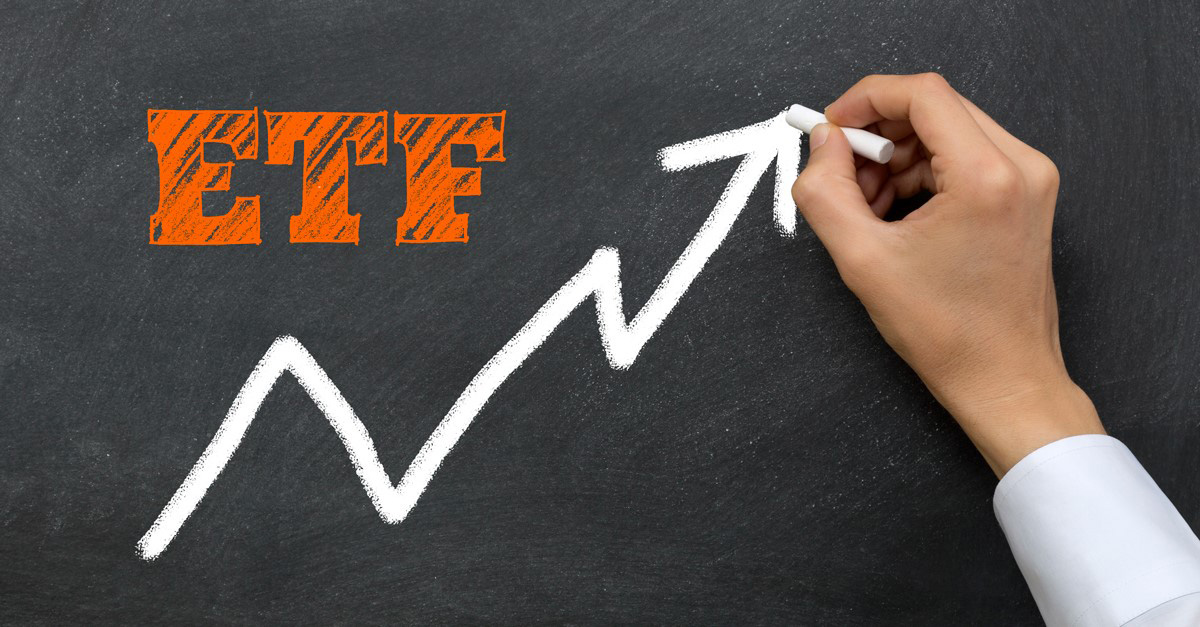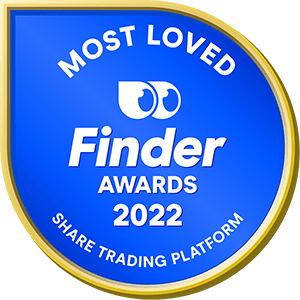Despite being one of the most volatile years in recent share market history, 2020 was a standout year for exchange traded funds (ETFs). As global share markets were pummeled by uncertainty, investors took the opportunity to start trading or buying in at lower prices. ETFs that offer exposure to International equities, Australian equities, fixed income and commodities proved to be the most popular.
In April this year, the industry hit another milestone and reached $100 billion in funds under management. In the first quarter of this year alone (January to March 2021), investors tipped $8 billion into ETFs which again reiterates their popularity.
With so much recent interest in the ETF industry, how do investors – particularly newer investors – select the right one for their portfolio?
ETF breakdown
Before we dive in, let’s quickly clarify what an ETF is. ETFs are managed funds that are traded on an exchange, similar to individual shares. Each ETF typically invests in a basket of shares that track an index, such as the S&P/ASX200, which represents the 200 largest companies on the Australian Securities Exchange (ASX).
ETFs have been rising in popularity over the last decade for a number of reasons. Among the most significant is that ETFs offer a simple entry point to an entire market if an investor isn’t sure which individual shares they should buy at that time.
Choosing investments like individual shares can be more time consuming, and the pressure to ‘make the right choice’ can leave investors doing nothing.
However, many would say the ETF market offers endless opportunities too!
There are currently over 265 ETFs available on the Australian share market and this figure continues to grow every month. There were just 95 ETFs available on the market in 2014, reflecting their extraordinary growth in the last decade and rising popularity among investors as an efficient way to invest.
The ETFs of today now offer exposure to sectors and emerging investment themes far beyond the realms of the S&P/ASX200, enabling investors to easily diversify their Australian share portfolio or simply get started in the market.
So, when it comes to assessing the ETF market, it’s crucial to pay close attention to the fees, composition and exposure the product provides and ensure this aligns with your personal investment goals.
Exposure and composition are key
When choosing any investment, one of the most important decisions is the asset class and sector. As a first step, investors should assess their investment goals and review their current portfolio exposure to identify gaps, and opportunities to boost diversification and overall returns.
A very common gap in Australian investment portfolios is an over exposure to Australian shares. So exploring ETFs with an offshore focus could provide significant portfolio benefits as investors access industries such as technology that are not strongly represented domestically.
Far beyond just equities, ETFs can also provide exposure to fixed interest, property, cash and commodities, such as gold.
The impact of fees
As with any investment product, fees can have a huge impact on the total return of your investment. The goal of most ETFs is to track an index, but it is important to be aware of fees which can impact your return.
Within the ETF universe, management fees can be as low as 0.03% and as high as 1.5%. There is fierce competition between ETF providers, with fees continuing to reduce and investors ultimately benefit from that.
When comparing the fees of different ETFs, it’s important to compare apples with apples. In the last few years, we have seen the emergence of specialist and active ETFs. Some incorporate just an element of active asset allocation, moving the underlying exposure slightly away from the benchmark, while other active ETFs are just actively managed funds made available via the share market.
The active element means the fees for these ETFs are generally higher, so cannot be compared on a like-for-like basis with index ETFs. Active ETFs may also include performance fees.
When examining ETF fees, investors will come across the management expense ratio (MER) or indirect cost ratio (ICR). These are both measures of the estimates of the total costs of investing in an ETF. The ICR can make it easy to compare products and usually takes into consideration the management fees, performance fees (if any) and the operating expenses (licensing, compliance, auditing etc.).It’s crucial to do your research around fees and review the Product Disclosure Statement (PDS) before investing. The management fees for the very same ASX200 ETF ranges between 0.07% and 0.19%, and while not significant in the short term, the cost of annual fees adds up over time.
Consider the provider and trading volumes
Most ETF providers in Australia are well-known institutions with established products and significant funds under management. While the Australian market is highly regulated, it still makes sense for investors to do their due diligence and ensure the provider is credible and stable.
Unlike shares, the trading volume of ETF units is not an accurate indication of liquidity. Many investors mistakenly see a low turnover or trading volumes of ETFs and associate this with low liquidity of the ETF. However, the liquidity of an ETF is associated with its underlying assets, so if those assets are difficult to buy or to sell, then the liquidity characteristics of the ETF will be impacted.
The majority of assets that Australian ETFs invest in are highly liquid, however investors should look closely at the underlying assets in line with their risk tolerance.
Summary Table
In summary, see below for the important questions to consider when trying to find the right ETF for you.
| Does it matter who the ETF issuer is? | Does it matter which index your ETF tracks? | What is the difference between active and passive ETFs? | Can I easily sell my ETF ad receive cash? |
|---|---|---|---|
| Yes – it’s important to do your research on the company issuing the ETF. In particular, be aware of the company’s size, scale, expertise, track record and level of support that it offers to their ETF investors. It’s recommended novice investors trade with well-known and stable issuers, who have products that are regularly traded. | Yes – each index tracks a different basket of securities, which come with different levels of risks and exposure. If you already invested in an ASX200 ETF with BetaShares, there’s little benefit for your portfolio to invest in an ASX200 ETF with iShares – these ultimately track the same investments and don’t offer any diversification! | Active ETFs are actively managed by a fund manager and will likely deviate slightly from an index, with an aim of securing higher returns. Due to this, active ETFs have higher fees. Passive ETFs simply track an index and therefore have a lower cost. | Yes – ETFs are liquid assets, meaning you can sell your ETF anytime the share market is open. Just remember, it takes two days for trades to settle to your bank account. It is important to consider the trade volume and buy/sell spread, as this can indicate there is sufficient trading activity and demand in the ETF. |
Want an easy way to compare?
With over 265 ETFs available through the Australian share market, this is an unrealistic number to easily compare and can often be a pain point for investors.
As a Bell Direct client, you can access the Bell Direct ETF Filter which enables investors to simply compare ETFs by performance, fees, asset class, sector, issuer and ICR, and choose the right one for your portfolio.
You can trade ETFs for free when you join Bell Direct before July 31st. Check out the offer here and take advantage while you still can.




